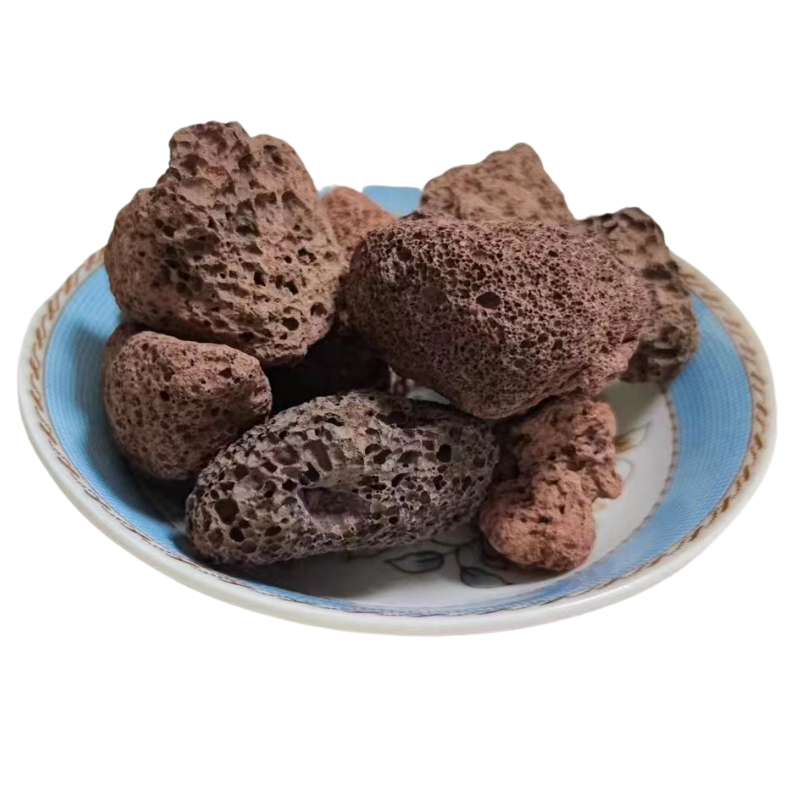
cylindrical activated carbon
Cylindrical Activated Carbon An Essential Material for Environmental and Industrial Applications
Activated carbon, also known as activated charcoal, is an incredibly versatile material widely used in various applications, including water treatment, air purification, and industrial processes. Among the different forms of activated carbon, cylindrical activated carbon presents unique advantages due to its shape and structural properties. This article explores the significance of cylindrical activated carbon, its production methods, applications, and future prospects in addressing environmental challenges.
What is Cylindrical Activated Carbon?
Cylindrical activated carbon is produced by carbonizing organic materials, such as coconut shells, wood, or coal, followed by activation processes involving physical or chemical methods. The resulting material displays a high surface area, porous structure, and increased adsorption capabilities, making it ideal for capturing pollutants, toxins, and odors.
The cylindrical shape enhances the flow characteristics of the activated carbon, allowing for improved fluid dynamics during filtration processes. This geometry minimizes channeling, ensuring that contaminants are effectively captured as they move through the carbon media. Cylindrical activated carbon is often manufactured in various sizes and degrees of porosity, tailored to meet specific application requirements.
Production Methods
The production of cylindrical activated carbon generally involves three main stages carbonization, activation, and shaping.
1. Carbonization In this initial step, organic feedstock is heated in an oxygen-free environment, converting it into char. This carbonized material retains a structure rich in carbon but lacks the surface area necessary for adsorption.
2. Activation During activation, the carbonized material is treated with activating agents, such as steam or chemical agents (e.g., phosphoric acid or potassium hydroxide), at high temperatures. This process develops a network of microscopic pores, significantly enhancing the surface area and adsorption potential.
3. Shaping Finally, the activated carbon is processed into a cylindrical shape, often using extrusion or pelletization techniques. This standardized shape is advantageous for various applications, particularly in filtration systems, where uniformity and consistency are key.
Applications of Cylindrical Activated Carbon
cylindrical activated carbon

Cylindrical activated carbon serves a multitude of purposes across different sectors
1. Water Treatment One of the most significant applications is in water purification systems. It effectively adsorbs impurities, chemicals, and heavy metals, ensuring clean and safe drinking water. Its cylindrical form allows it to be packed densely in filters, maximizing the contact area between water and carbon.
2. Air Purification In air filtration systems, cylindrical activated carbon removes volatile organic compounds (VOCs), odors, and hazardous gases. Its efficiency in capturing airborne pollutants makes it essential for industries seeking to maintain indoor air quality and comply with environmental regulations.
3. Industrial Processes Many industries utilize cylindrical activated carbon for solvent recovery, catalysis, and chemical separation. Its high adsorption capacities allow for efficient recovery of valuable chemicals from industrial waste streams, reducing costs and environmental impact.
4. Pharmaceutical and Food Industries In the pharmaceutical sector, activated carbon is used for decolorizing and purifying compounds. In the food industry, it helps in clarifying beverages and removing undesirable flavors or colors.
Future Prospects
As concerns regarding environmental sustainability grow, the demand for effective filtration and purification solutions is expected to increase. Cylindrical activated carbon stands at the forefront of this movement, offering an efficient means of addressing air and water pollution. Researchers are continually exploring ways to enhance the efficiency of activated carbon, including the development of new activation methods and composite materials that could further increase adsorption capacities.
Moreover, as industries strive for greener practices, reusing and regenerating activated carbon presents an exciting avenue for research and development. Exploring environmentally friendly regeneration processes not only extends the life of activated carbon products but also minimizes waste generation.
Conclusion
Cylindrical activated carbon is an indispensable material in the quest for a cleaner and more sustainable environment. Its unique properties and extensive applications make it a crucial resource in water treatment, air purification, and various industrial processes. As technologies evolve and the need for pollution control escalates, cylindrical activated carbon will undoubtedly continue to play a vital role in promoting environmental well-being and industrial efficiency. Proper research and innovation will further enhance its capabilities, making it an even more critical component in the global efforts to combat environmental challenges.
Share
-
Premium Pigment Supplier Custom Solutions & Bulk OrdersNewsMay.30,2025
-
Top China Slag Fly Ash Manufacturer OEM Factory SolutionsNewsMay.30,2025
-
Natural Lava Rock & Pumice for Landscaping Durable Volcanic SolutionsNewsMay.30,2025
-
Custom Micro Silica Fume Powder Manufacturers High-Purity SolutionsNewsMay.29,2025
-
Custom Mica Powder Pigment Manufacturers Vibrant Colors & Bulk OrdersNewsMay.29,2025
-
Custom Micro Silica Fume Powder Manufacturers Premium QualityNewsMay.29,2025






